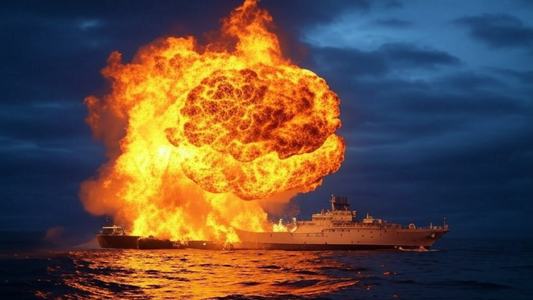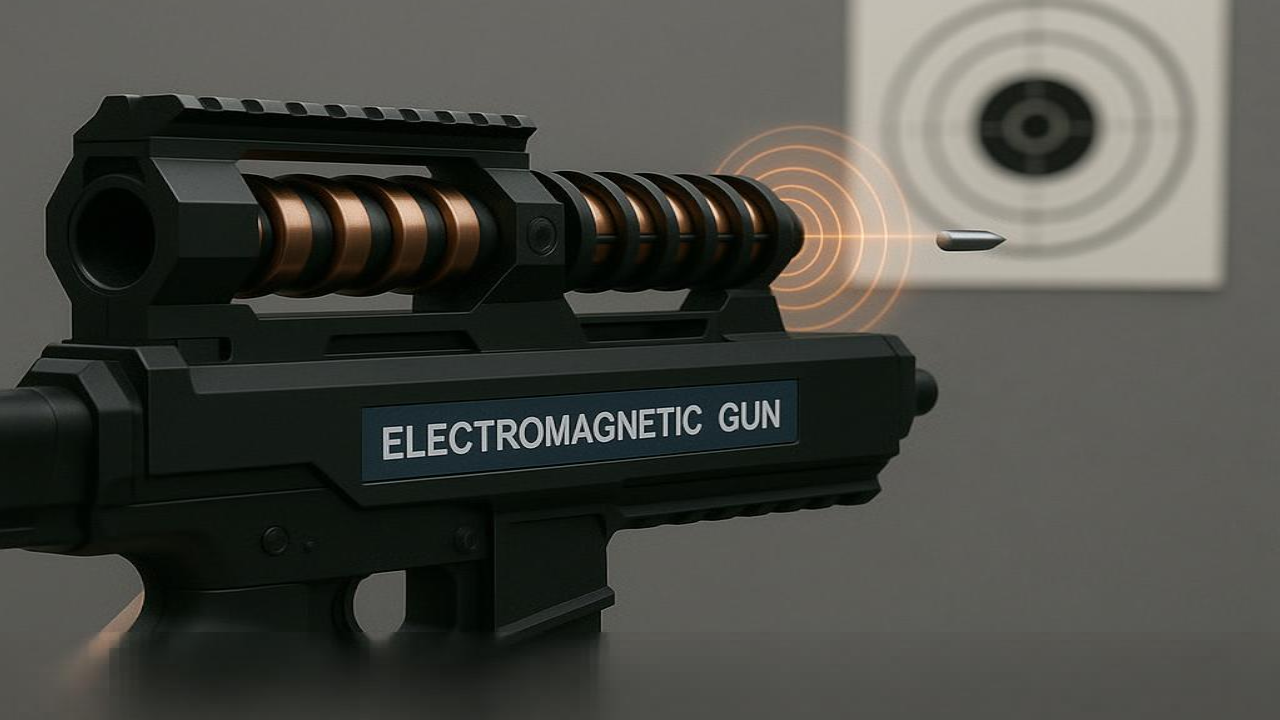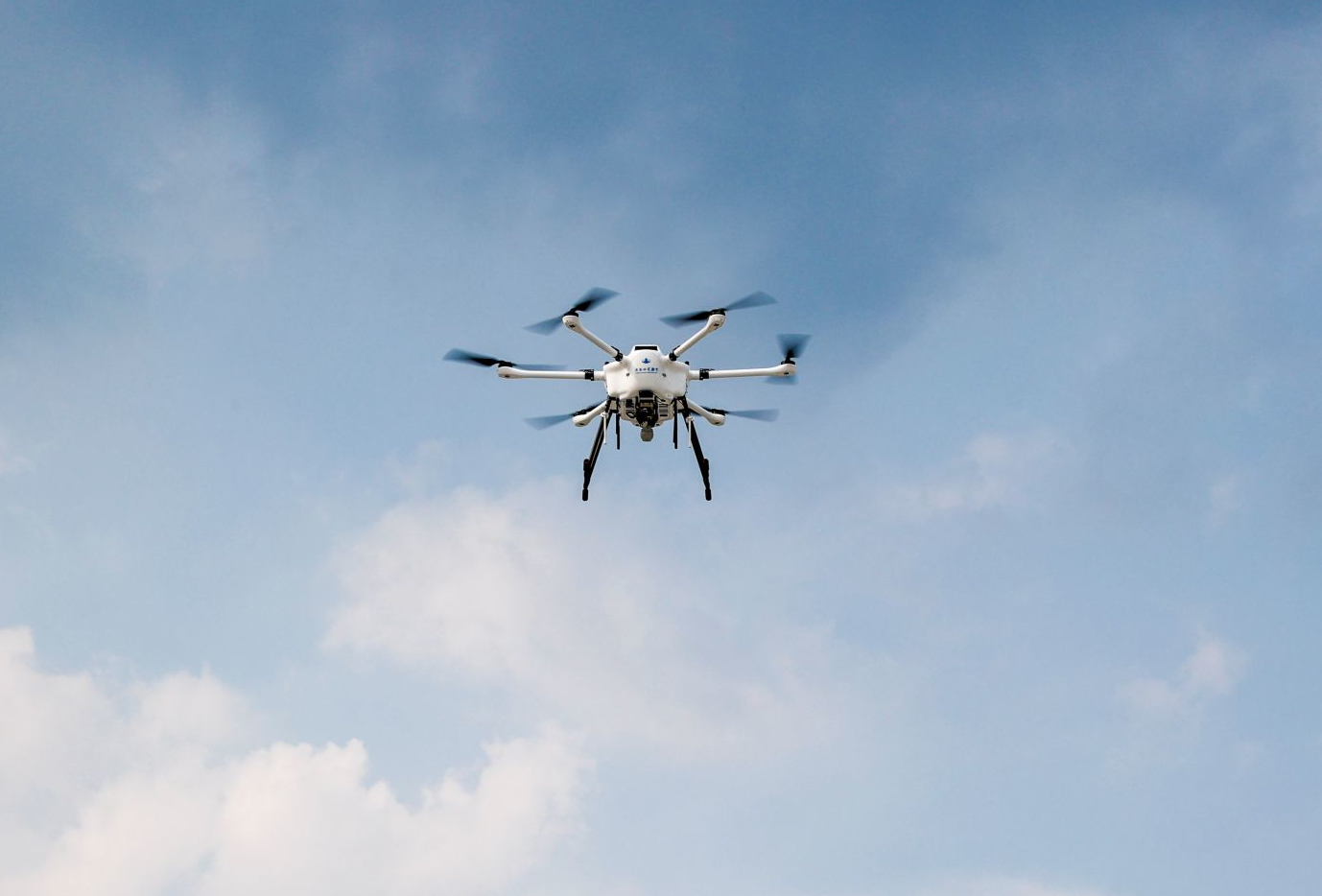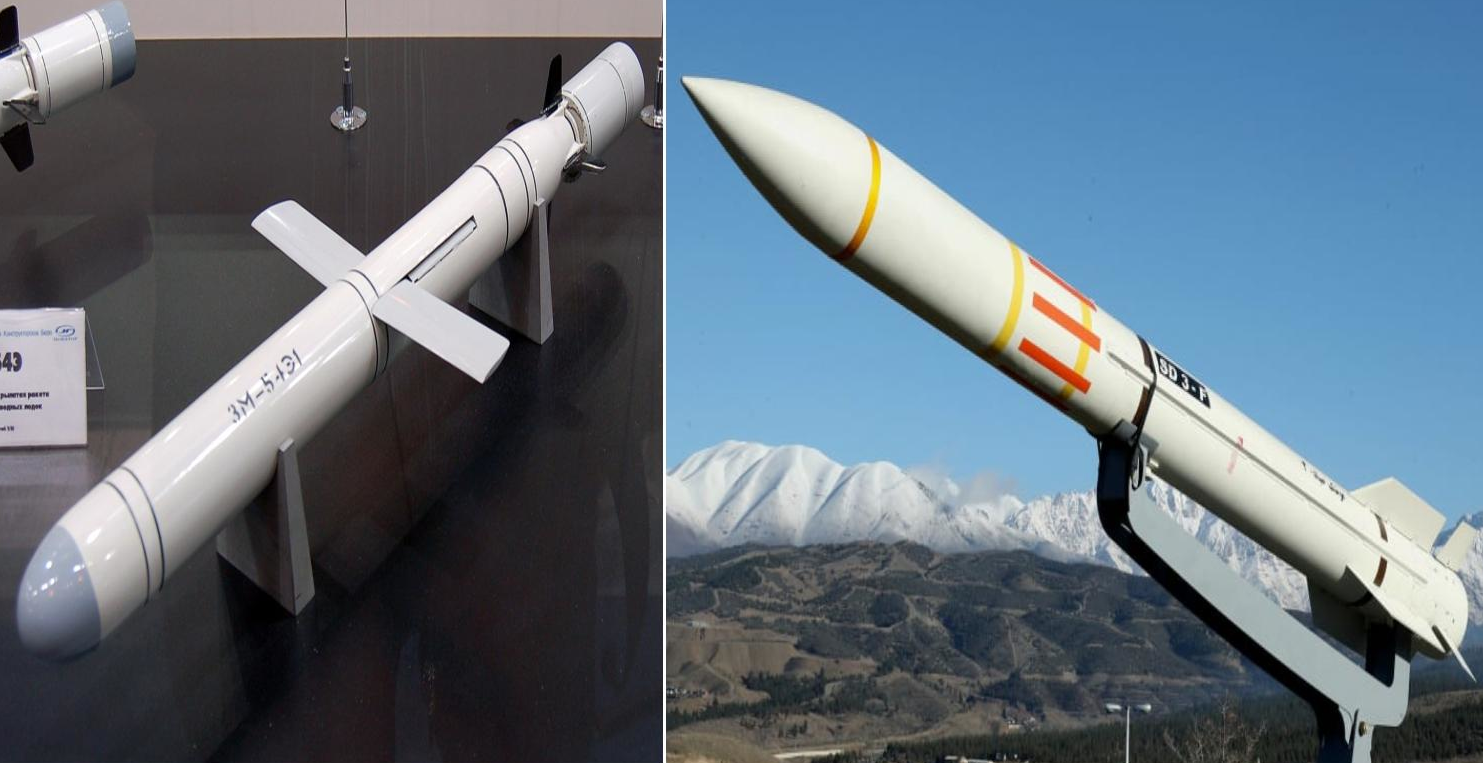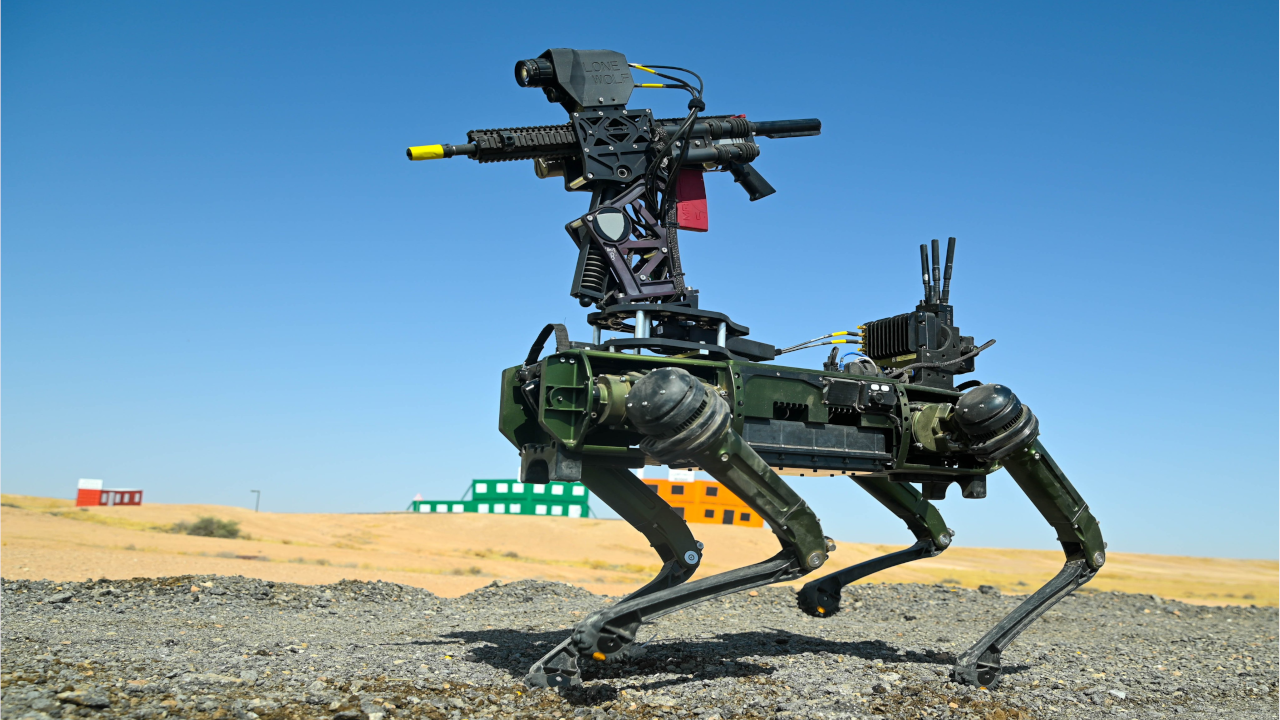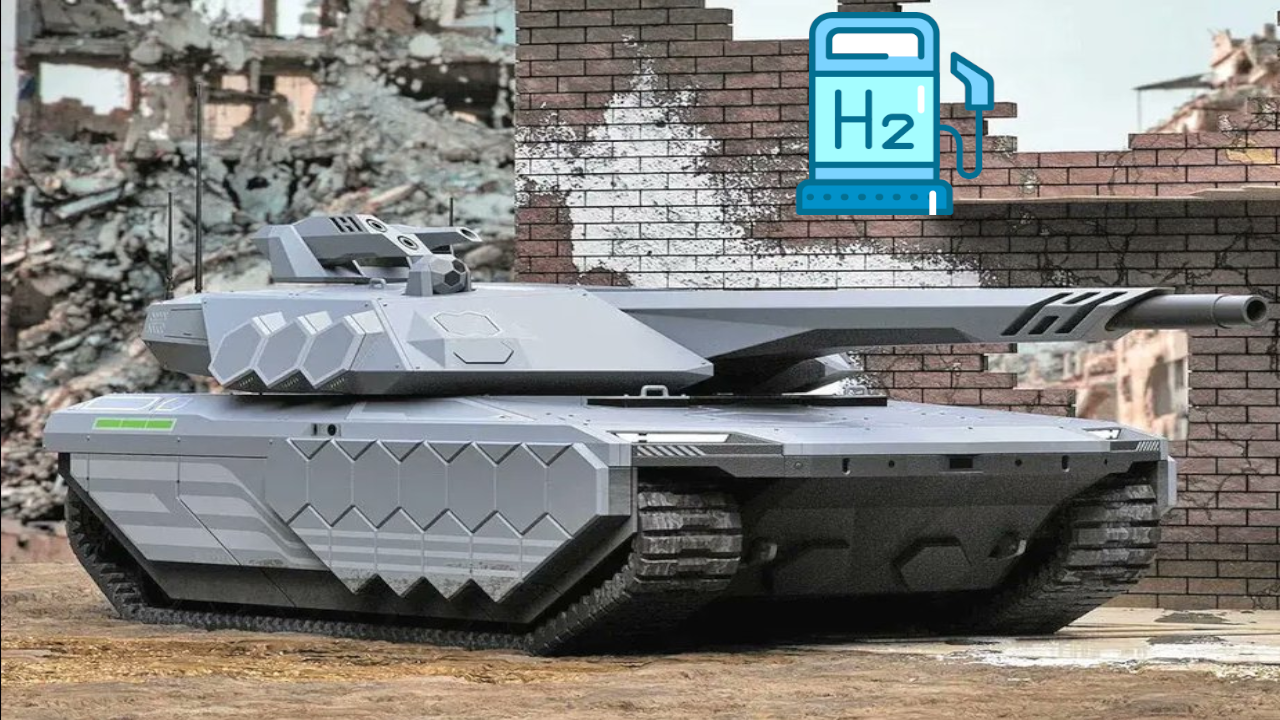Chinese researchers have tested a hydrogen bomb that is non-nuclear, producing only a fireball exceeding 1,000 degrees Celsius, capable of melting surrounding objects. The device, developed by the 705 Research Institute of the China State Shipbuilding Corporation, relies on magnesium hydride to create a sustained high-temperature explosion.
The researchers ignited a 2-kilogram explosive, generating a fireball that lasted for over two seconds, approximately 15 times longer than the heat flash from a traditional TNT explosion, which lasts around 0.12 seconds.
This device is described as a “non-nuclear hydrogen bomb” because, while it uses hydrogen as a key material, it fundamentally differs from conventional nuclear weapons. It does not rely on destructive nuclear fission or fusion reactions to release energy but instead focuses solely on igniting hydrogen to produce a massive thermal effect.
The secret lies in its use of magnesium hydride (MgH₂), a silver powder known for its high hydrogen storage capacity. When the conventional explosive inside the device is ignited, the magnesium hydride breaks down into extremely fine particles. The heat and shock from the initial explosion rapidly decompose these particles, releasing large amounts of hydrogen gas. The released hydrogen mixes with oxygen in the surrounding air and ignites instantly, creating a highly intense and sustained fireball capable of melting metals and causing widespread fires.
Compared to traditional explosives like TNT, this device stands out for its ability to produce a longer-lasting thermal effect. This sustained heat duration makes it far more effective at causing severe damage to infrastructure and targets through heat, as opposed to the instantaneous damage caused by shockwaves. However, the pressure generated by its explosion is significantly lower than that of TNT, estimated at about 40% of TNT’s explosive pressure. This distinction highlights the weapon’s primary focus on thermal destruction rather than shockwave damage.
One of the notable advantages of this device is its relatively small size and lightweight design, making it an ideal candidate for integration into various combat systems. It can be used in naval and aerial weaponry, including drones, submarines, and torpedoes. Its primary goal is to deliver precise thermal destruction to targets such as enemy ships or drone swarms. Additionally, it offers an important environmental “benefit”, as its thermal impact does not cause the radioactive fallout or widespread contamination associated with nuclear weapons or other weapons of mass destruction. This makes it a less harmful option for the surrounding environment, particularly in marine settings.
The results of these experiments conducted by the Chinese team were published in the Journal of Projectiles, Rockets, Missiles and Guidance.
